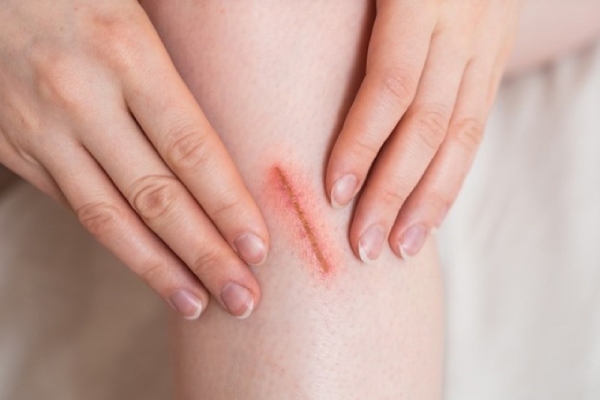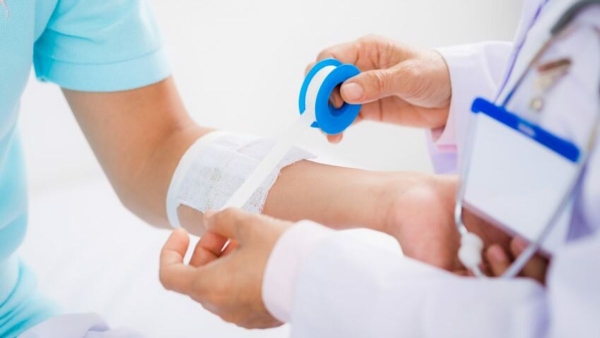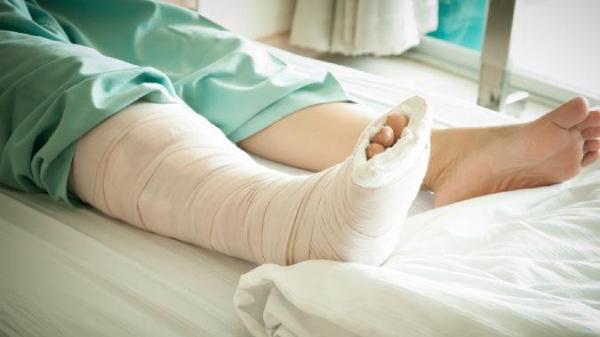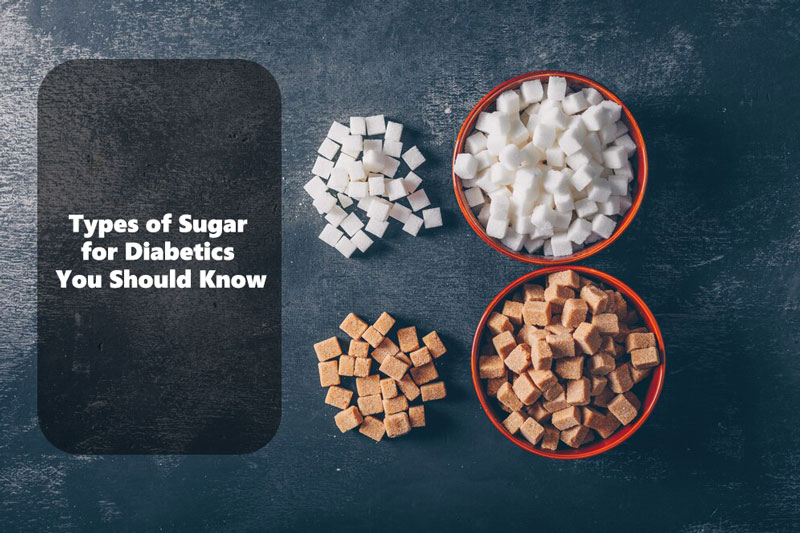What You Need to Know About Diabetic Wounds
Diabetic wounds are notoriously difficult to heal and often take a long time. Without proper care, diabetic wounds can lead to serious consequences such as infection, necrosis, and even necessitate amputation.
In this article, Gluzabet aims to provide you with information about diabetic wounds and how to properly care for them. Let’s delve into it!

Contents
- 1 Why are diabetic wounds difficult to heal?
- 2 Why is it necessary to properly care for diabetic wounds?
- 3 Potential consequences of improper wound care
- 4 Classification of diabetic wounds
- 5 Guidelines for caring for diabetic wounds
- 6 Some notes when caring for diabetic wounds
- 7 Diet plays a crucial role in wound healing in diabetic patients
Why are diabetic wounds difficult to heal?
Everyone experiences minor injuries like cuts, scrapes, and bruises at some point in life. For most people, these wounds may not be serious. However, for diabetic patients, they can pose serious health risks.
Diabetic wounds take longer to heal and may even become infected or non-healing. Do you know why diabetic wounds are slow to heal?
This is because the blood sugar levels of diabetic patients are consistently higher than normal, accompanied by decreased immunity. Additionally, peripheral neuropathy complications disrupt sensation, and unstable blood sugar affects blood circulation, leading to vascular damage, which contributes to this condition.
Moreover, these wounds are often detected late and may already show signs of severe damage, making treatment more challenging and prolonged.

Why is it necessary to properly care for diabetic wounds?
According to the WHO, on average, every 2 minutes, 2 diabetic patients undergo limb amputation due to foot complications. The primary reason is that foot wounds are not detected and cared for properly, leading to infection, ulceration, and necrosis.
Therefore, proper care for diabetic wounds plays a crucial role in minimizing risks and dangers for patients.
High risk of infection and ulceration
Diabetes causes an increase in blood sugar levels in patients’ bloodstreams, creating favorable conditions for bacterial growth. Hence, when injured, bacteria can easily invade, leading to infection and ulceration.
Non-healing wounds become challenging to treat
Caring for diabetic wounds is not a simple task and requires considerable time and effort. Therefore, many central hospitals establish specialized departments to care for diabetic wounds, avoiding dangerous foot complications.

Late detection of wounds
In diabetic patients, the nervous system may be damaged due to high blood sugar levels, leading to decreased or even loss of sensation in the feet. Consequently, patients may not notice injured feet or take timely treatment measures. This exacerbates the severity of wounds, leading to necrosis and, ultimately, limb amputation.
Potential consequences of improper wound care
When diabetic wounds are not detected and treated properly, they are prone to dangerous complications, including:
- Bone infection: Due to infected wounds, necrosis spreads deep into bones and muscles, causing inflammation. Patients with this condition require prolonged antibiotic treatment.
- Sepsis: Infected wounds can also provide entry points for bacteria into the bloodstream, causing septicemia.
- Amputation: Severe necrosis in wounds can lead to limb amputation to prevent further damage to other body parts and save the patient’s life.

Classification of diabetic wounds
Diabetic patients’ wounds are divided into four levels:
- Level 0: Superficial wounds on the surface, without signs of deep penetration and ulceration.
- Level 1: Shallow ulcerated wounds, without deep involvement in tendons or bones.
- Level 2: Ulcerated wounds with deep involvement in tendons and surrounding joints.
- Level 3: Ulcers penetrating deep into the bones and joints.
The condition of wounds at each level is also categorized into four developmental stages:
- Stage A: Clean wounds.
- Stage B: Infected wounds.
- Stage C: Wounds with poor blood supply.
- Stage D: Wounds both infected and lacking blood supply.
To determine if a diabetic wound is infected, you can rely on the wound’s symptoms. If 2 out of 5 of the following signs appear, the wound is infected: pain, swelling, warmth, redness around the ulcer with a diameter greater than 5mm, and purulent discharge.
In some cases, wounds may be infected without showing these symptoms but instead undergo dry necrosis. In this situation, the wound darkens and gradually shrinks. These wounds are also classified as severe, posing significant dangers if not treated properly. Therefore, patients should be taken to the hospital for examination and treatment promptly.

Guidelines for caring for diabetic wounds
Whenever diabetic patients are injured, their wounds are challenging to heal, and treatment is not straightforward. Therefore, to prevent wounds from worsening, it is essential to understand the rules and measures for caring for diabetic wounds.
For non-infected wounds
If the wound is at a mild level (levels 0 and 1) and not infected, you can entirely treat it at home following these instructions:
- Step 1: Use clean water or saline solution to clean the wound (avoid using hydrogen peroxide as it can damage surrounding cells). The sequence is from top to bottom and from inside to outside. Then, use a clean gauze to dry the wound. If there are foreign objects in the wound, use sterilized forceps to remove them. If the wound is bleeding, apply pressure using medical gauze or a clean cloth.
- Step 2: Apply a thin layer of antiseptic ointment to the wound (follow the instructions for use or doctor’s prescription).
- Step 3: Bandage the wound. For small wounds, you can use a personal adhesive bandage without additional antiseptic ointment. For large wounds, use a petroleum gauze or hydrocolloid dressing to bandage the wound, aiding in faster healing.
- Step 4: Keep the wound clean and monitor it regularly. Change the dressing twice a day (morning and evening) or when the wound is dirty. The dressing change procedure follows the above three steps. If signs of infection are detected, go to the hospital for examination and treatment immediately.

For deeply infected wounds
Once the patient’s wounds show signs of ulceration and infection, medical intervention is required to ensure proper treatment. At this point, the wound may be treated by removing necrotic areas and prescribing antibiotics and anti-inflammatory drugs.
If the wound is not too severe, the patient may be discharged from the hospital and self-care at home. However, they must adhere to the doctor’s requirements and instructions. If signs of foot complications in diabetic patients are detected, they must go to the hospital for immediate treatment.
Some notes when caring for diabetic wounds
- Regularly monitor the condition and healing progress of the wound. If any abnormal signs are detected, go to the hospital for examination immediately.
- Do not apply any leaves or medications to the wound without the doctor’s consent. This not only does not help the wound heal but can also make it easier for bacteria to penetrate deeper into the wound.
- Keep the injured area clean and avoid putting pressure on the wound.
- Establish a healthy, balanced diet, eliminating bad habits (alcohol, smoking, etc.) to make blood sugar control easier.

Diet plays a crucial role in wound healing in diabetic patients
In addition to focusing on how to properly care for diabetic wounds, you also need to pay attention to the diet to support wound healing. Patients need to be adequately supplemented with nutrients through a balanced, healthy diet.
If patients feel tired and have no appetite, they can replace meals with liquid foods such as brown rice porridge, oatmeal, etc., which are easier to eat. Moreover, these porridges are nutritious without causing sudden spikes in blood sugar levels after meals, suitable for diabetic patients.
Additionally, patients should supplement protein through fish and bean dishes, vitamins, fiber from green vegetables, and fruits to enhance immunity. This helps wounds recover more easily.

Above are all the information shared about caring for diabetic wounds. Hopefully, it can help you gain more knowledge in caring for patients. If you need to learn more about diabetes, you can visit the website https://gluzabetmilk.com/ to read more articles!





